This section is for paid subscribers only. Our subscription is only $3700/- for one full year.
You get unlimited access to all paid section and features on the website with this subscription.
Subscribe to read full article
This section is for paid subscribers only. Our subscription is only $37/- for one full year.
You get unlimited access to all paid section and features on the website with this subscription.
Not ready for a full subscription?
You can access this article for $2, and have it saved to your account for one year.
- GenreSocial
- FormatB-W
- LanguageHindi
- Run Time125 min
- Length3338.78 meters
- Number of Reels13
- Gauge35 mm
- Censor RatingU
- Censor Certificate NumberB-33809
- Certificate Date25/04/1946
The film is set in the Great Bengal Famine of 1943. Samadder Pradhan, a farmer, lives in the village with his wife, Binodini, his elder son Niranjan and his younger son Ramu. He is planning to sell part of his harvest and get Ramu married to the beautiful Radhika by means of the proceeds. The harvest has been particularly good that year and prices for the crop are also quite high. He is manipulated by a trader to sell most of his crops at a high price with the promise that he can buy some of it back when prices drop in the future. Ramu is married to Radhika and the two lovers enjoy their newly married life. But the mahajans keep hoarding the grain and drive prices higher and higher. Soon most of the countryside is starving due to the lack of grain. Many are forced to sell off their lands to buy food.
Meanwhile, Ramu and Radhika have had a son. But Ramu is increasingly disgruntled with the oppressive zamindars and mahajans. Heavy rainfall and floods add to the misery of the many who are deprived. Ramu advises the family to sell off their land, which they refuse to do. He leaves for the city to look for work. Soon, due to their severe want, the rest of the family must follow suit.
In the city, the situation is no better. Rich traders hoard their grain in their warehouses while people lie starving in the streets. The family is reduced to begging in the streets for food and alms. One day Niranjan goes out to the relief camps begging for milk to feed Ramu’s infant son. He meets a charity worker Shombhu who gives him support and teaches him the importance of organisation. Radhika meanwhile has been subjected to the lecherous advances of rich men prowling the streets. A depressed Ramu, unaware that his family is also in the city, has taken to drinking. Radhika is ultimately compelled to turn to sex work to procure milk for her son.
One day the old and ailing Samadder Pradhan passes away, but he urges his family to return to the village before dying. His family and many other villagers decide to return to the village. Niranjan is inspired by Shombhu’s ideals and refuses to give up hope. Radhika, though, is too stricken with shame over her actions to go with them and lets Binodini take her child back to the village. Once back in the village Niranjan convinces the villagers that the only way forward is collective farming. This is juxtaposed with Ramu’s further moral degradation in the city as he is convinced by different people that the only way to earn money is to become a pimp. A conflicted Ramu sets out looking for a woman only to find his wife Radhika. He does not blame Radhika for what she has done, knowing it was the harsh circumstances that drove her to do so. In the village, the plan of collective farming pays off and the villagers reap a plentiful harvest. There is also a rise of political consciousness and unity among them. Hearing this, Ramu and Radhika return to the village. But unable to come to terms with their guilt and shame, they feel alienated from the euphoria in the village. They decide to leave, becoming symbols of the many who lost their way during the famine.
Cast
-
Balraj Sahni
Niranjan -
Damyanti Sahni
Binodini -
Mahendra Nath
Shombhu -
Sombhu Mitra
Samadder Pradhan -
Tripti Mitra
Radhika
Crew
-
BannerIndian People Theatre Assn, Bombay
-
DirectorNA
-
Producer
-
Music Director
-
Director
-
Lyricist
-
Story Writer
-
Screenplay
-
Dialogues
-
Cinematography
-
Editing
-
Sound Recording/ Audiography
-
Art Director/Production Design
-
Choreography
-
Make-up
-
Music CompanyYoung India Records






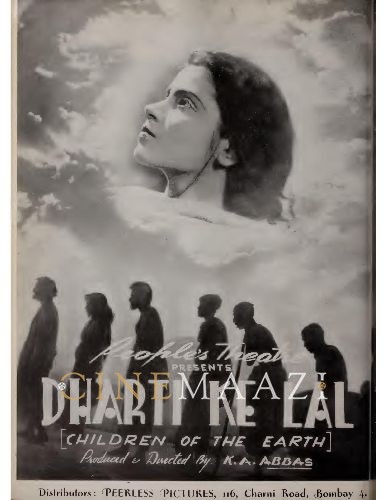
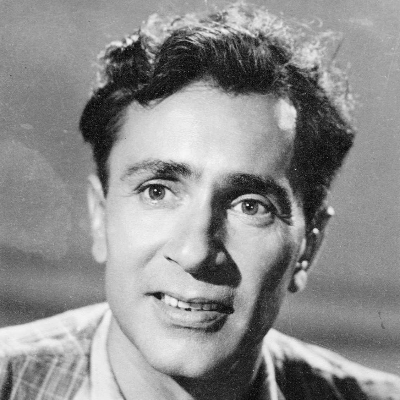
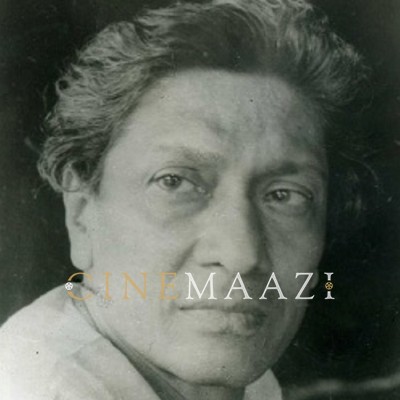

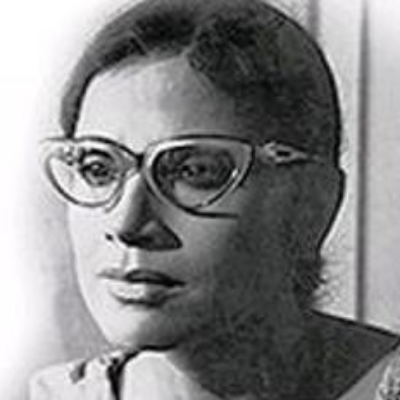
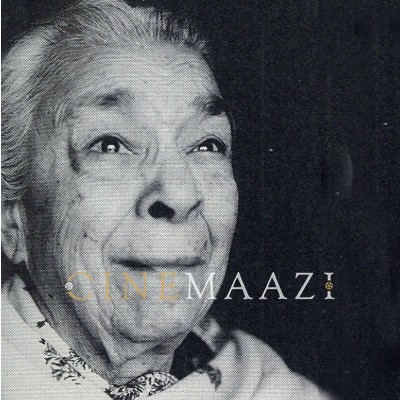

.jpg)



